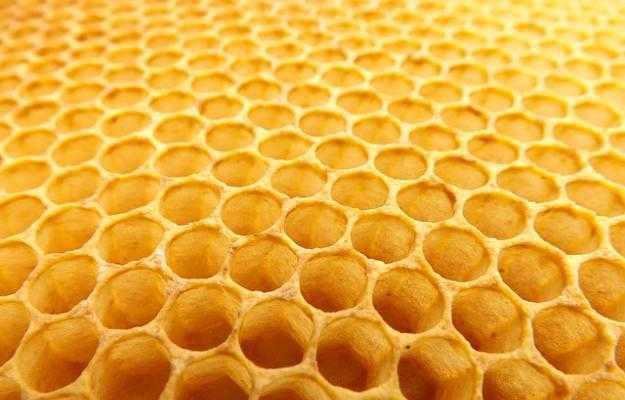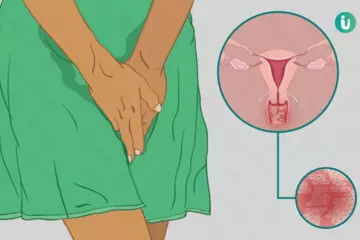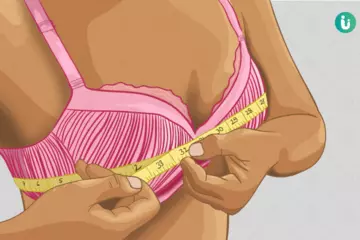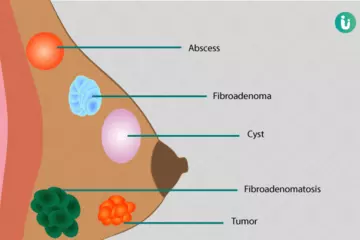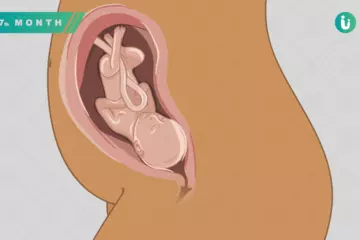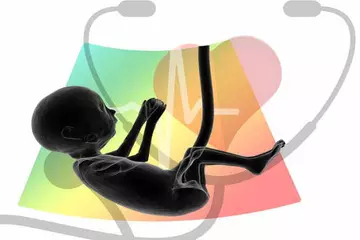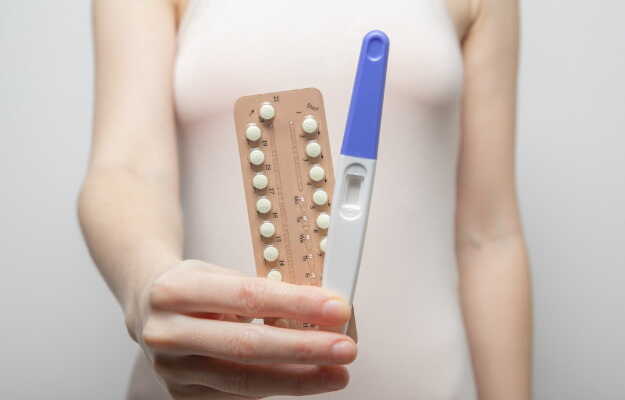A phobia is defined as an irrational fear of an object, situation or an event, and falls under anxiety related disorders. Some are more common among people than others, and include phobias such as claustrophobia (fear of closed spaces), acrophobia (fear of heights), arachnophobia (fear of spiders) or hydrophobia (fear of water).
The fear of small holes and clusters, or the sight of irregular patterns is known as trypophobia. As there isn't enough scientific understanding about trypophobia, it doesn't find itself officially recognised as a mental illness, and more research is still being performed to gather more information about it, as the scientific community remains divided over its categorisation as a condition as such.
It wasn't until the year 2005 that this "condition" was given a name and has been a subject of intense debate, especially in the world of internet and social media. It has often been noticed that visual stimuli of tiny holes and pores lead to deep-seated feelings of unrest among some people, triggering feelings of panic, fear or disgust.
Read more: Panic attack and disorder
A particular case study narrates that when a 12-year-old girl was asked to draw a picture of her fears, she filled the piece of paper with a repetitive pattern of clustered, round dots. A more widely publicised incident, that of the launch of Apple’s smartphone, the iPhone 11 in 2019, produced similar reactions from people due to the positioning of the phone’s cameras at the back of the phone.
While there hasn’t been much research into this, a study published in the journal Psychological Science in 2013 found that 16% of the participants enrolled in the study felt discomfort after looking at images of a lotus seed pod.


